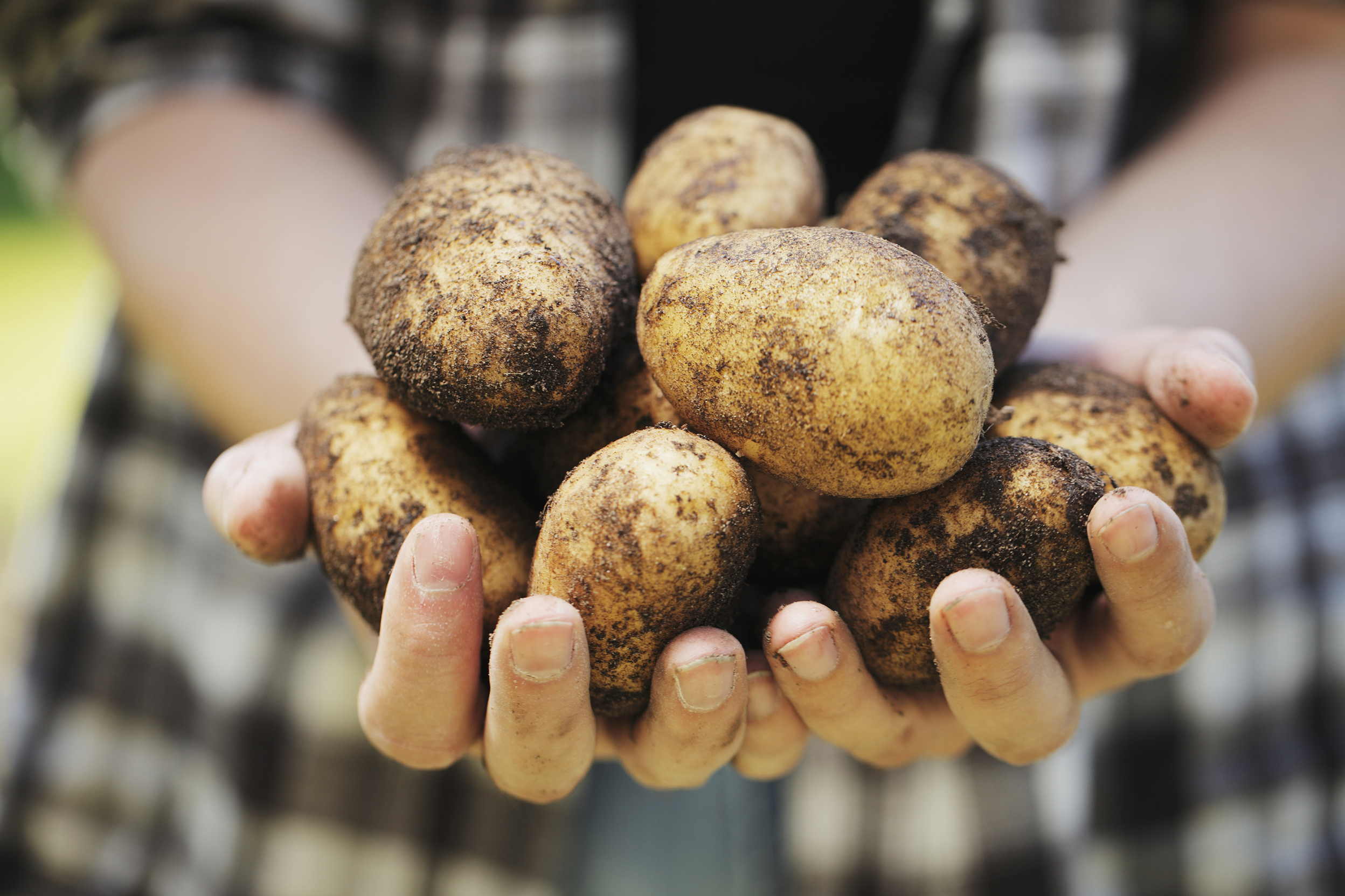Scottish potato producers have been left in no doubt that less is more when it comes to nitrogen application and cultivation depth.
Growers who attended the AHDB Potatoes farm demonstration day on Bruce Farms, near Meigle, heard scientists outline the results of trials which showed that not only could they save money by doing less work and buying fewer inputs, they could also achieve higher yields.
Leading potato agronomist, Dr Mark Stalham of NIAB CUF, said research on 27 different sites showed that most potato crops were over-fertilised with top dressings of nitrogen. Statistics showed that farmers could save 10-15% of their fertiliser costs and produce more potatoes.
“Reducing nitrogen application by 25-30kg per ha can actually improve yield, typically by three tonnes / ha,” he said.
Dr Stalham explained that crops were usually senescing (dying off) at the time a top dressing was applied so the extra investment was wasted.
“You’re not trying to grow potato foliage, but the product under the ground” he said.
“There’s a balance between getting the growth rate of tubers at their maximum, which depends on sunshine, radiation and a surface size of canopy. If you produce a canopy that’s too big it can’t intercept more light but you’re taking away from the bulking rate of the tubers.”
AHDB Potatoes knowledge transfer manager, Claire Hodge said most growers used extra nitrogen as an insurance policy.
She added: “They think that if they spend a bit more in can increase yield. It’s used as a back-up. But in fact using less can lead to improved yields, better quality and better skin finish.”
Dr Stalham’s other key message to potato producers was to reduce cultivation depths by around 2cm in order to prevent damage to roots and increase crop yields.
“It’s very marginal. As little as 2cm can be the difference between being in soil that damages potato rooting or avoiding damage, but the effect on yield can be dramatic, and on heavier soils, even more dramatic,” he said.
“We have found, over five years, that the critical depth is shallower than most people think and the depth we need to cultivate potatoes is right on that margin, so people are cultivating deeper and getting damage and lower yields as a consequence.
“We have done 77 trials and only two have shown a negative effect of shallower cultivation than the grower currently does. Most show a positive effect , so there is less than 5% chance of it going wrong. We need to teach growers to have the confidence to come a little shallower and get the optimum for their crops.”
nnicolson@thecourier.co.uk
